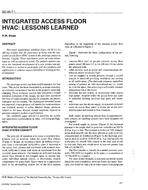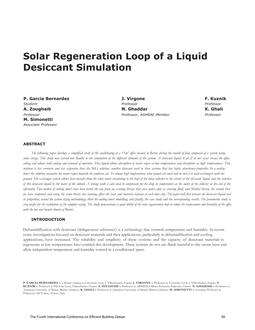Click here to purchase
The concept of Operating Rooms’ ventilation relies on having laminar flow above the surgery table to flush away any potential contaminants thus preventing them from entering the open wound area. The last decade has seen an increase of devices called Forced Air Warming (FAW) devices in order prevent hypothermia in surgery patients once anesthesia is administered. Circulating hot air from the room to the patient, FAWs have the potential of disrupting the laminar airflow above the surgery table and hence could increase Surgical Site Infections (SSIs). This paper identified more than 214 papers that showed the advantage of using FAWs. However, only twelve (12) papers looked at whether FAW devices posed an increased infection risk or not. Six (6) of them argued that FAW devices pose no increased infection risk while the other six (6) argue the opposite. This paper reviewed those twelve (12) publications from 4 angles: method of analysis, type of conclusion reached, type of surgeries analyzed and the potential source of bias. This paper concludes that there is enough clinical data showing FAW devices in general surgeries do not increase the SSI risk and hence their continued use cannot be recommended against. An FDA statement from August 2017 is a clear message in this regard as well. However, it was concluded that more research and clinical data is required to prove the safe usage of FAW devices in orthopedic surgeries to avoid any Prosthetic Join Infection (PJI). A recent bellwether lawsuit from one patient against one FAW device manufacturer was concluded in May 2008 with the jury siding that FAW devices were not the cause for the plaintiff’s post-surgery infection.
Citation: 2019 Winter Conference, Atlanta, GA, Conference Papers
Product Details
- Published:
- 2019
- Number of Pages:
- 9
- Units of Measure:
- Dual
- File Size:
- 1 file , 2.1 MB
- Product Code(s):
- D-AT-19-C015


